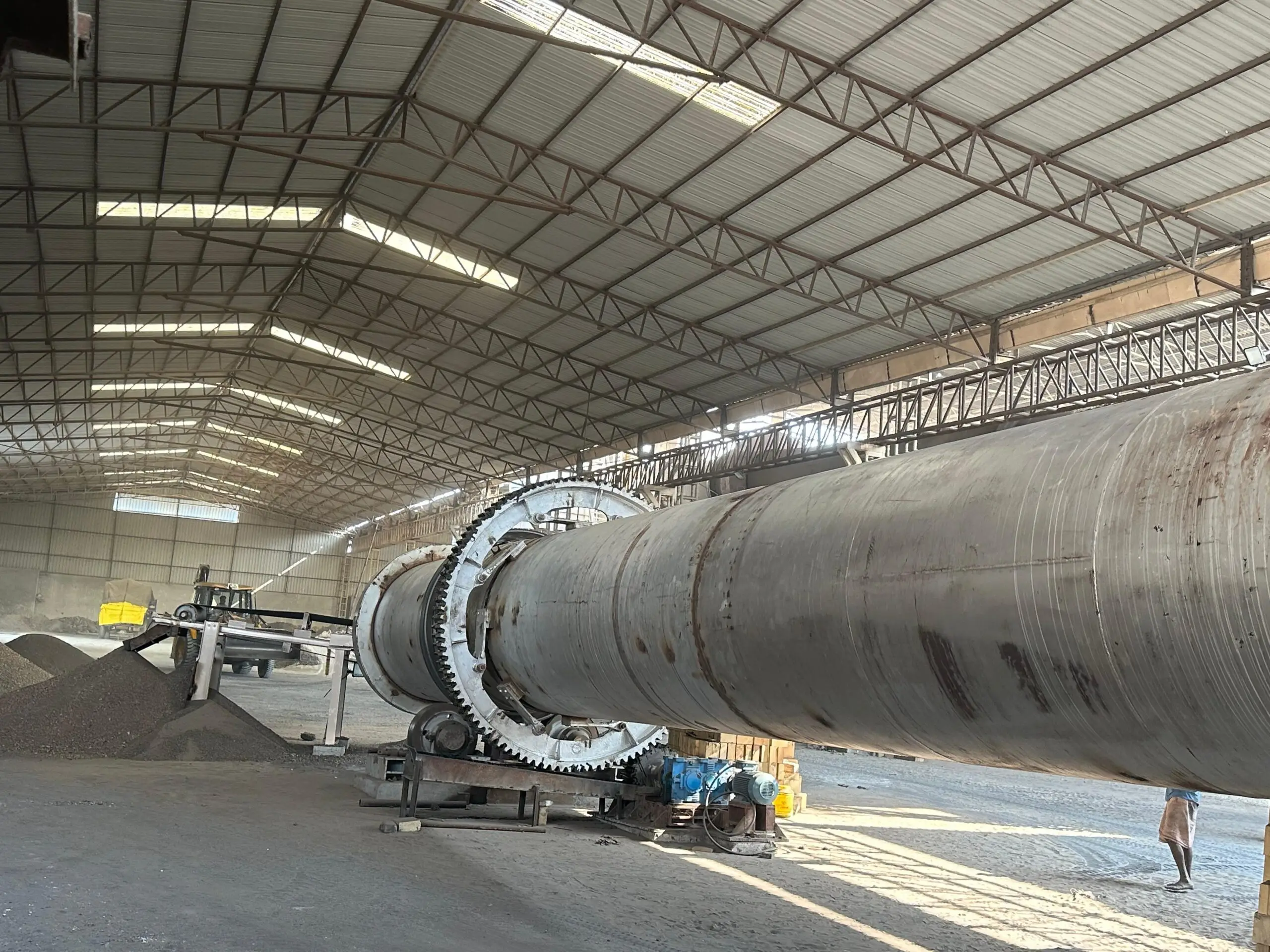Service
Cement Rotary Kiln
Core Equipment for Cement Manufacturing
The cement rotary kiln is a vital piece of building material equipment extensively used across various industries, including metallurgy, chemical production, cement manufacturing, refractory materials, lime production, and environmental protection. Its versatility and efficiency make it an essential component in these sectors.

Cement Rotary Kiln
Applications and Key Processes
Within the rotary kiln, several critical reactions take place: fuel combustion generates the necessary heat; heat exchange efficiently transfers energy to the raw materials; chemical reactions convert raw mixes into clinker; material handling facilitates continuous movement through the kiln; and waste degradation and utilization ensure environmental compliance and resource efficiency.
Types and Components of Cement Rotary Kilns
As the core equipment in a modern dry-process cement production line, the cement rotary kiln is composed of several key parts: the outer shell, supporting devices, transmission mechanisms, lubrication systems, a movable kiln head, sealing devices for the kiln tail, the burning device, and other auxiliary components. Dry-process cement rotary kilns are favored for their simple structure, reliable operation, and easy integration with automated control systems, enhancing production efficiency.
Working Principle of Cement Rotary Kiln
The rotary kiln operates by burning pulverized coal or natural gas inside the kiln chamber, generating intense heat. This heat is transferred to the raw materials through gas conduction and radiation. The kiln itself rotates at a controlled speed and incline, causing the raw materials to roll forward along the kiln’s length.
As the materials move from the feeding end to the discharging end, they undergo calcination — a high-temperature chemical process that transforms them into cement clinker. The continuous rotation and precise temperature control ensure that the materials are adequately processed, resulting in clinker that meets quality standards. This process maximizes production yield while minimizing energy consumption, achieving an efficient and cost-effective cement manufacturing operation.
